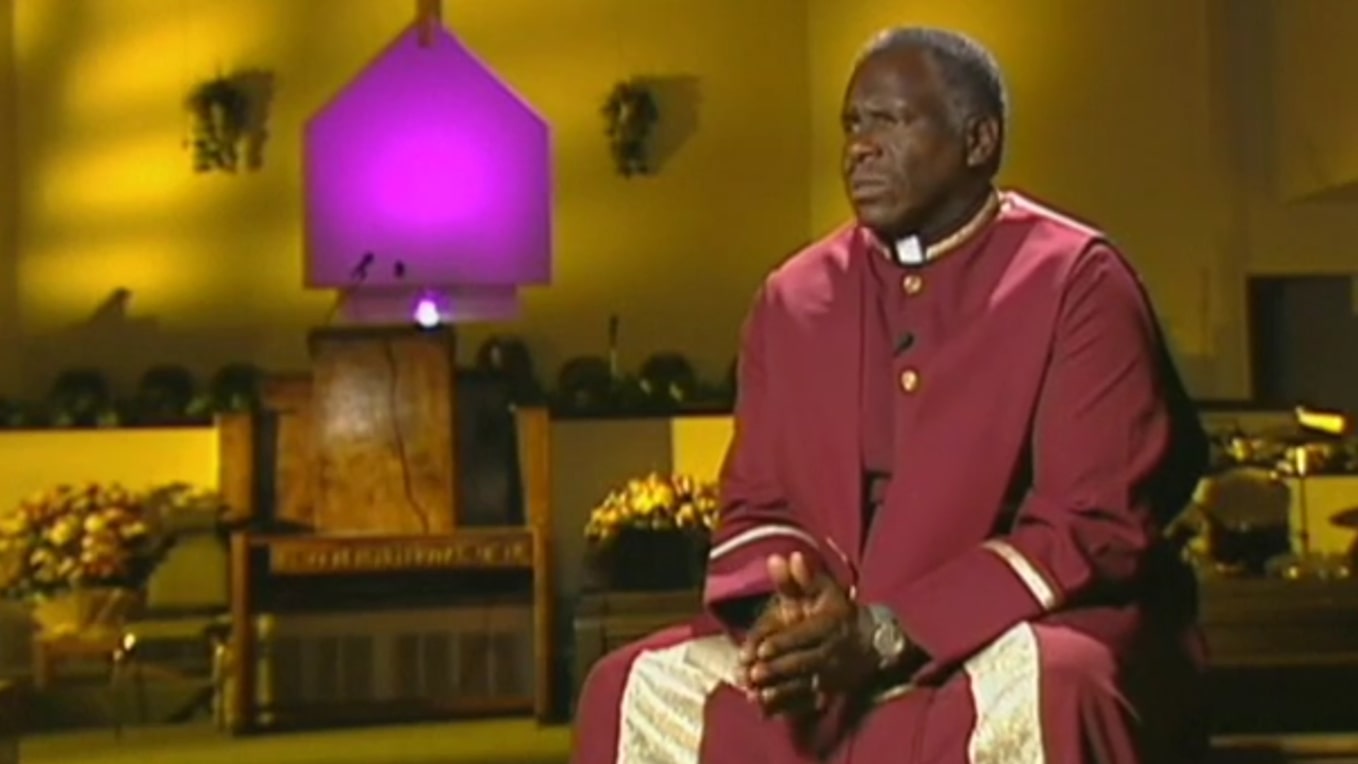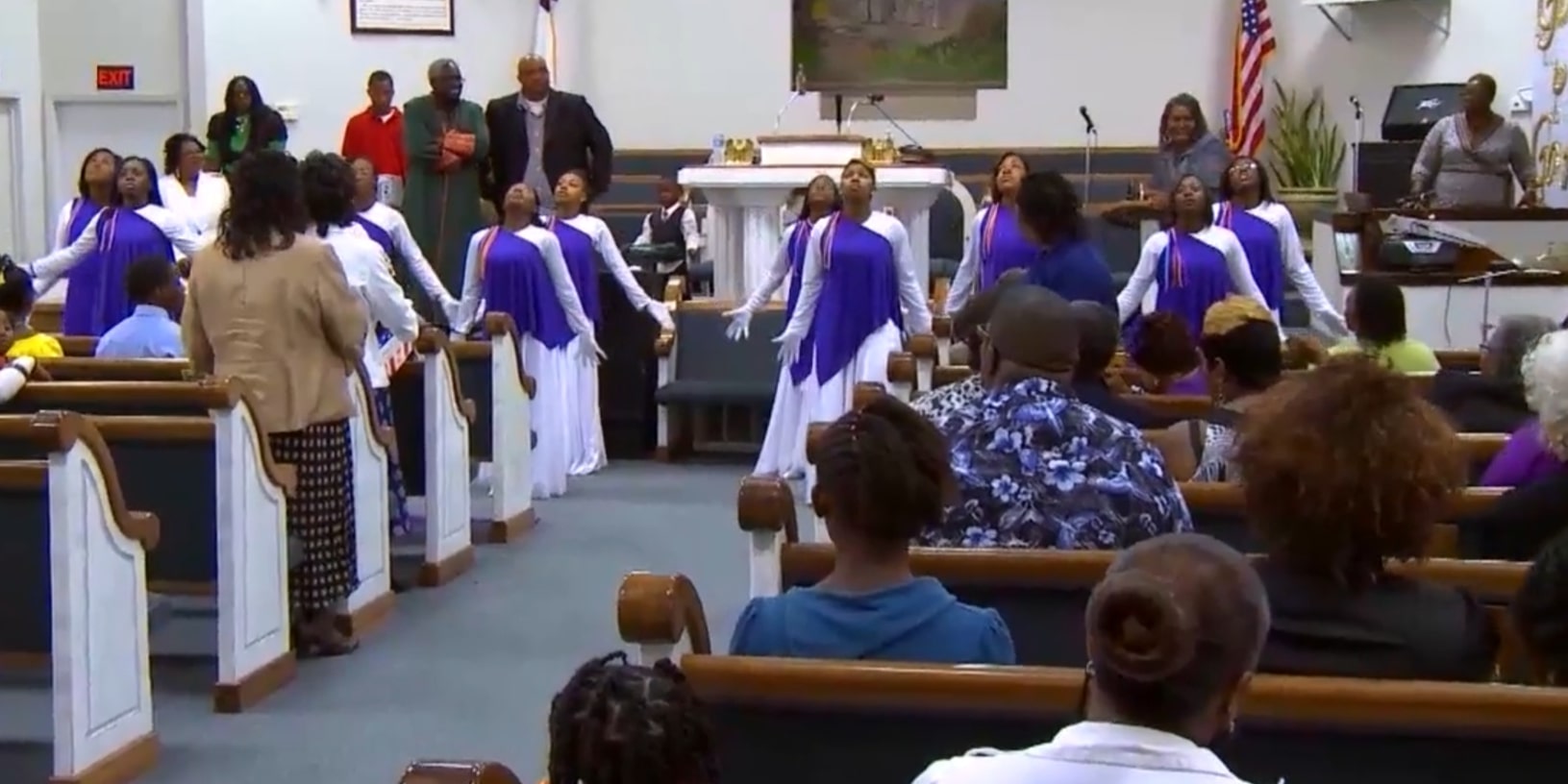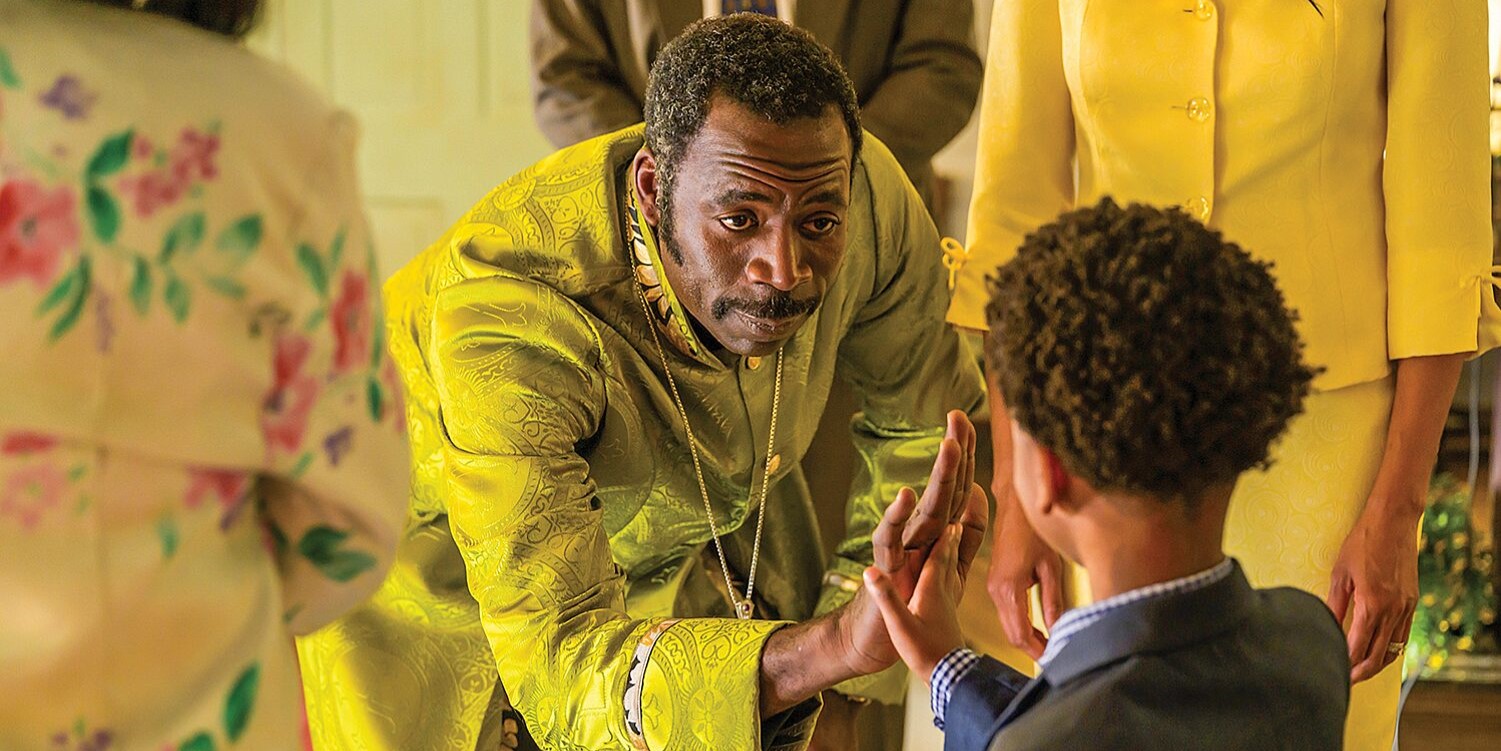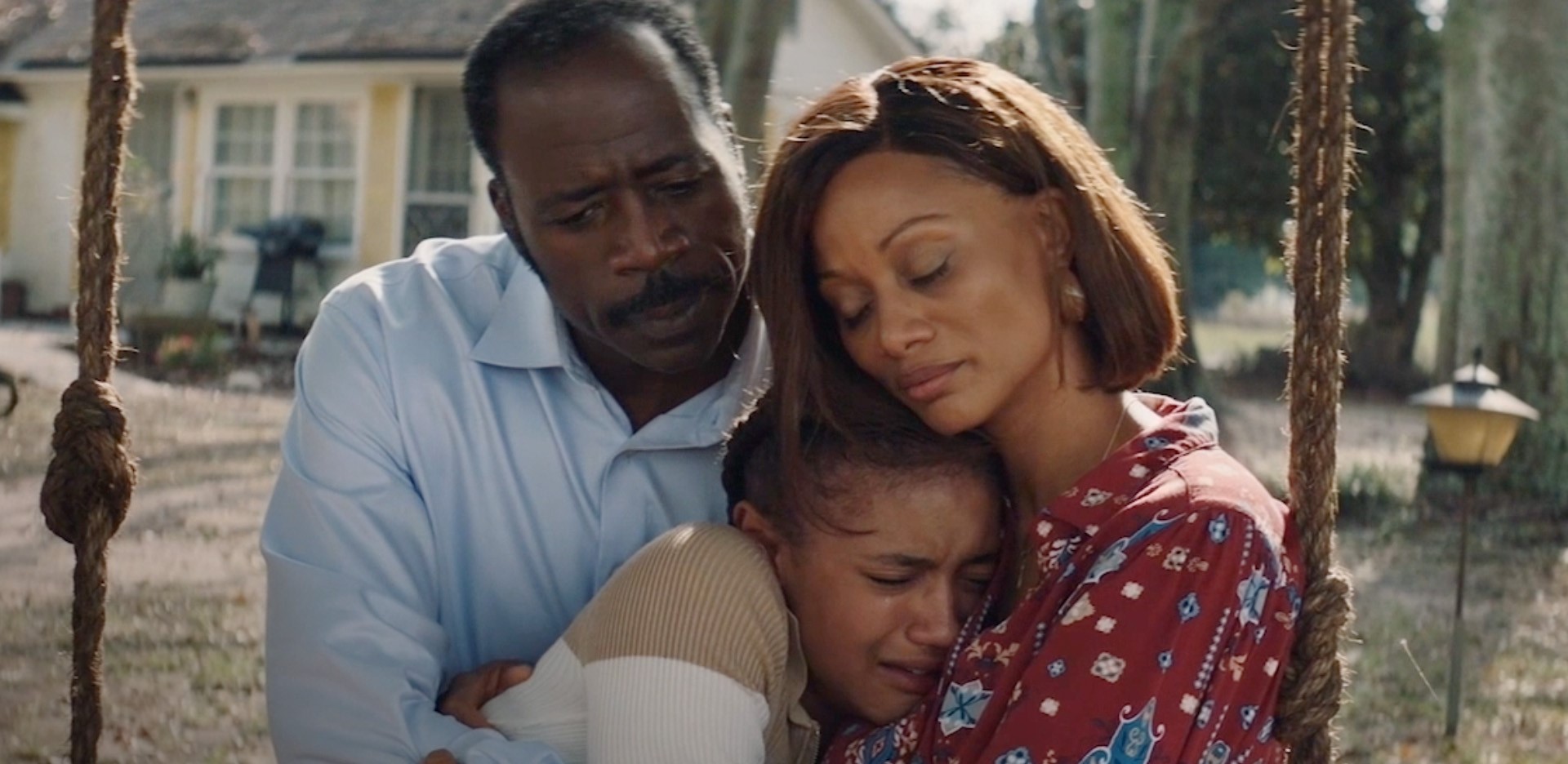Helmed by Joshua Weigel, ‘Sound of Hope: The Story of Possum Trot’ transports us to a remote town in Texas where a Pastor’s wife inspires her entire community to adopt every child they can within the foster care system. Donna Martin believes she has been given a divine message to help children who have no one, so she signs up for the foster parenting program. There, she learns of the abused and neglected children in the system.
Donna and her husband, Reverend WC Martin, rise to the occasion and adopt four children despite already having two of their own. They rally their church’s community behind this noble cause, and 22 families sign up to adopt children regardless of their troubled pasts. The heartwarming and uplifting film narrates an inspiring tale of love, compassion, and humanity.
Sound of Hope is Based on a Tale of Faith, Love, and an Adoption Miracle
The small East Texas town of Possum Trot, the central setting of ‘Sound of Hope: The True Story of Possum Trot’ is a real place far removed from urban centers, close to the Louisiana border. The film recreates it in the late 1990s, a time when it did not even show up on most maps. The unincorporated community had only dirt roads and very little infrastructure, with a population between 600 and 700 people. But it featured a lively community where everyone knew each other and came together in prayer and dance at the Bennett Chapel Church.

The pastor at the church, WC Martin, led passionate congregations with powerful sermons. His wife, Donna Martin, was one of seventeen children, but her mother had not let any of them feel a dearth of love and belonging. She had died recently, and Donna missed her terribly. On one particularly forlorn day of remembering her, she sank into her favorite rocking chair under an oak tree and tearfully cried out to God. As a cool breeze picked up, Donna seemed to hear a response, “Think of all those children who don’t have what you had in a mother. I want you to give them that.”
Learning the Harsh Realities of Children in Foster Care
Having no prior knowledge of the foster care system, Donna told her sister and husband about her adoption plan, with both of them thinking that she may have stood in the sun for too long. She nevertheless convinced them to join her on a trip to the nearby town of Nacogdoches. They met up with caseworkers, who were very open about the realities of children in line for foster care. As seen in the film, they narrated horror stories of abandonment, emotional deprivation, and abuse. Some of the kids had witnessed traumatic incidents, the likes of which would bring even the experienced adults to their knees.

They were also warned that years of shuffling between foster families and suffering cold neglect had left many of the children with tendencies to lie, steal, harm, and cause general mayhem. Donna only hesitated momentarily, but she, along with her husband, could not ignore their plight. After two months of weekly training sessions at the center, Donna and her sister, Diann, became certified foster parents and began the adoption process. Donna initially adopted 2-year-old Tyler and 5-year-old Mercedes, who had been to five different foster homes within the past year. Diann adopted 4-year-old Nino, who immediately drew a crowd when she took him to church, with members fawning over the boy as he hugged Diann.
The Bennett Chapel Church Community Had Begun Adopting En Masse
Donna and Reverend Martin discussed the noble cause of adoption with the congregation and moved their close community members with the heart-wrenching tales of children in foster care. They also made a call to action, with everyone present feeling a sense of responsibility and duty towards the children in need. Donna requested that Child Protective Services set up a training camp in Possum Trot with over 20 families immediately signing up for certificates. Ultimately, the community managed to adopt 82 children from 28 families, taking all the foster children out of the system from their immediate vicinity.

The remote nature of Possum Trot and its close-knit community created exceptionally conducive conditions for raising the adopted children, who eventually made up nearly 15% of its population. They could play outside together without fear and were given hot meals, warm beds, patient care, and unconditional love. For the new foster parents themselves, the church became the meeting ground of a vital support group.
They exchanged woes, experiences, and advice on caring for the troubled children. With the entire community united in a group effort, they had a far easier time maintaining their nurturing spirits. They remained determined in the belief that love could heal all wounds, and for the large part, it did. Of the children adopted, nearly all of them passed high school, took up jobs, and even started families.
The Team Behind Sound of Hope Knew Adoption First Hand
The cast and crew members behind ‘Sound of Hope: The Story of Possum Trot’ were exceptionally dedicated to weaving a powerful and moving narrative experience through the true story. As co-writers, director Joshua Weigel and his wife Rebekah Weigel were especially invested in bringing the movie to life since they had adopted their two children from foster care. Lead actress Nika King, who depicts Donna Martin, shared that her mother and three uncles were adopted by a pastor and his wife after their biological mother was murdered.

Actor Demetrius Grosse, who essays Reverend WC Martin in the film, was adopted by the Bethyl family and even met his biological father at the age of 22. He could identify with many of the children’s stories highlighted in the film due to his own experiences. Limited by the constraints of a movie format, the team could not cover all the amazing individuals and stories that emerged from Possum Trot during that time but focused on a core group. Their dedication to authenticity came partly because of many of their own histories and involvements with foster care and adoption.
Read More: Where Was Sound of Hope: The Story of Possum Trot (2024) Filmed?


You must be logged in to post a comment.